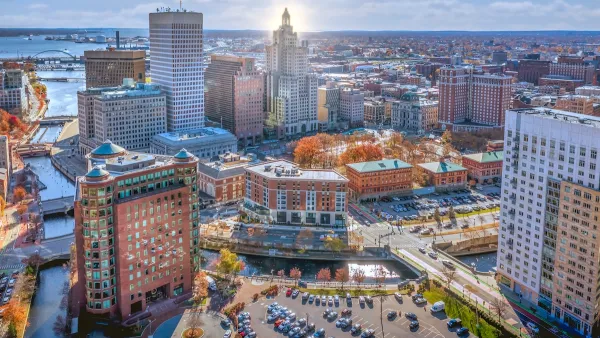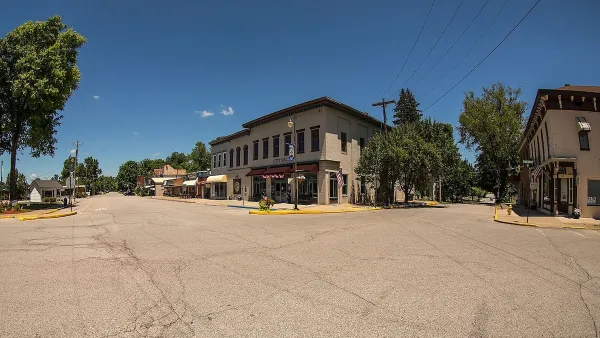Plans to redevelop Asia's largest slum will displace over 1 million people, many of whom earn their livelihood recycling Mumbai's trash.
"People from around the country come to the city to fulfil their dreams, but many of them end up in slums; it is estimated that more than half of the city's population live in squalor.
At the heart of the city - surrounded by posh, luxurious skyscrapers - is Asia's largest slum, Dharavi. It spreads over 525 acres (212 hectares) and is home to more than a million people.
Dharavi may seem like any other: full of dirt, filth and sewage, but what maybe an eyesore for most of the city's residents is also a recycling marvel.
"The majority of the place is plastic recycling industry," says Naushad Khan, chairman of Dharavi Businessmen's Welfare Association.
"We also recycle paper and cardboard. If we make a brand new cardboard box the cost is about two dollars but if we reprocess the old one the cost is half."
It's an industry that employs almost 200,000 people.
Walking through Dharavi, home to an estimated 15,000 single room factories, it is difficult to find anything that is not recycled here."
"The residents warn that if the area is redeveloped it will bring problems for not just them but every single resident of Mumbai.
"We bring the entire city's dirt and create a livelihood from it," says one resident."
FULL STORY: Recycling slum faces redevelopment

National Parks Layoffs Will Cause Communities to Lose Billions
Thousands of essential park workers were laid off this week, just before the busy spring break season.

Retro-silient?: America’s First “Eco-burb,” The Woodlands Turns 50
A master-planned community north of Houston offers lessons on green infrastructure and resilient design, but falls short of its founder’s lofty affordability and walkability goals.

Delivering for America Plan Will Downgrade Mail Service in at Least 49.5 Percent of Zip Codes
Republican and Democrat lawmakers criticize the plan for its disproportionate negative impact on rural communities.

Test News Post 1
This is a summary

Test News Headline 46
Test for the image on the front page.

Balancing Bombs and Butterflies: How the National Guard Protects a Rare Species
The National Guard at Fort Indiantown Gap uses GIS technology and land management strategies to balance military training with conservation efforts, ensuring the survival of the rare eastern regal fritillary butterfly.
Urban Design for Planners 1: Software Tools
This six-course series explores essential urban design concepts using open source software and equips planners with the tools they need to participate fully in the urban design process.
Planning for Universal Design
Learn the tools for implementing Universal Design in planning regulations.
EMC Planning Group, Inc.
Planetizen
Planetizen
Mpact (formerly Rail~Volution)
Great Falls Development Authority, Inc.
HUDs Office of Policy Development and Research
NYU Wagner Graduate School of Public Service





























